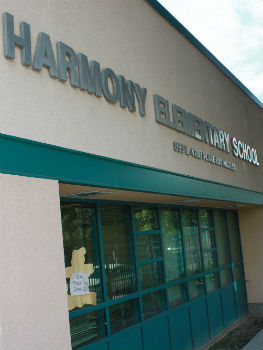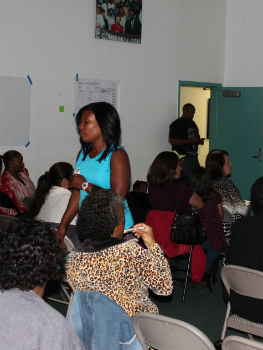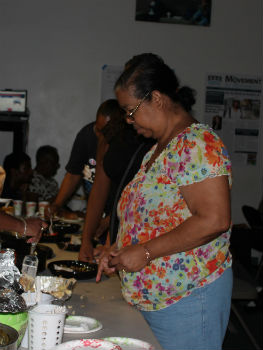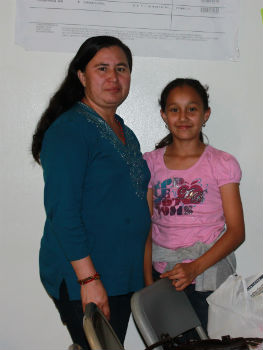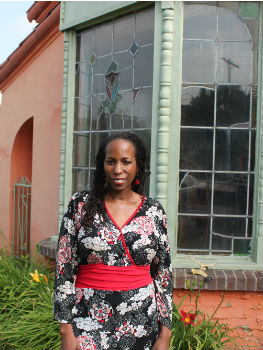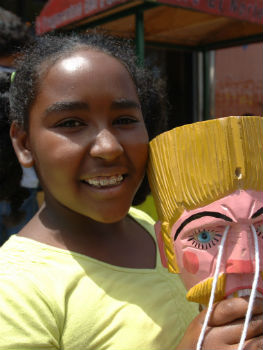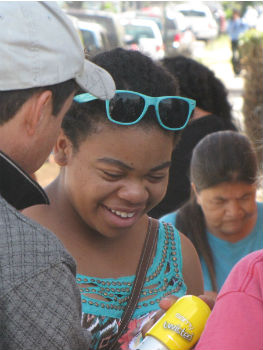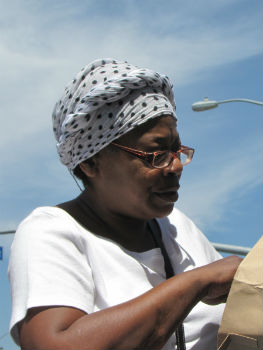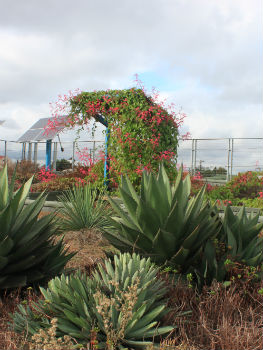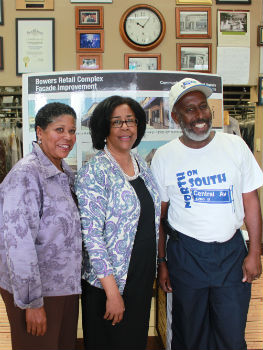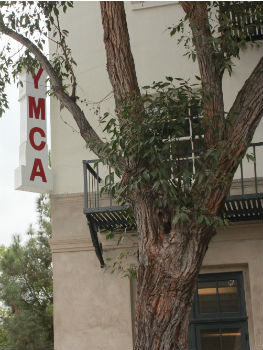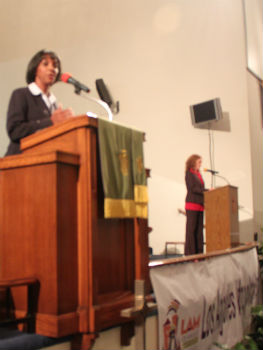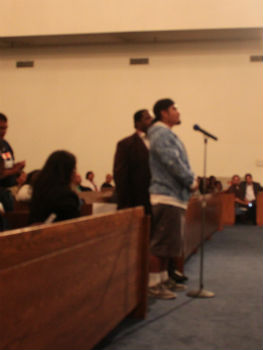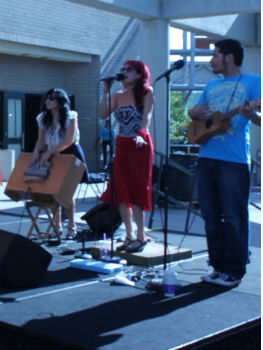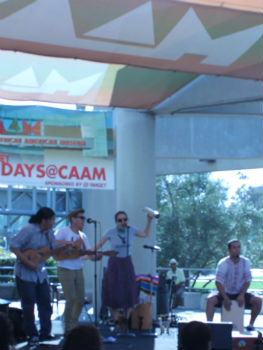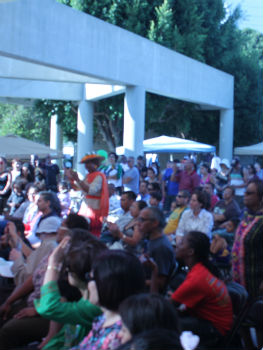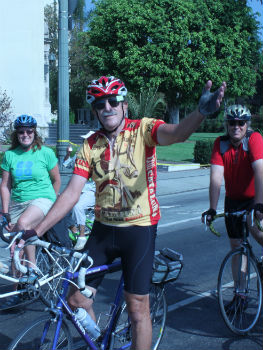By Patrick Thelen
Associate Editor
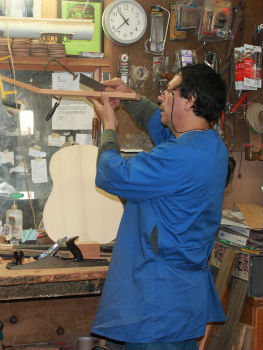
Germán Vázquez Rubio
“The day I die, I´ll be embracing a guitar.”
These are the words of a lucky man. A man that loves his craft in such a powerful way that he believes he’ll probably never retire. For Germán Vázquez Rubio, building guitars is more than a job; it is his passion, his life.
In an interview conducted in Spanish inside Mr. Vázquez’s guitar shop on West Adams Boulevard in South Los Angeles, this luthier said he began working in this trade as a young boy living in Paracho, a small city located in Michoacán, Mexico.
“I started making guitars when I was about 12 years old. My father, a peasant, was not making enough money at his job, so I began working at my uncle’s workshop where he made guitars.” By doing this, Mr. Vázquez was helping his parents support his seven siblings.
Although he started making guitars out of necessity, Germán immediately felt a strong attraction to the craft. “Ever since I started working for my uncle, I knew that I had found something that I would want to do for the rest of my life.”
Less than 20,000 people live in Paracho. In spite of the small population, the city is well known for producing the best sounding guitars in Mexico. The town is full of music shops that sell a variety of handmade stringed instruments such as mandolins and vihuelas. According to Mr. Vázquez, more than 50 percent of the city´s population was involved with making instruments when he was a child.
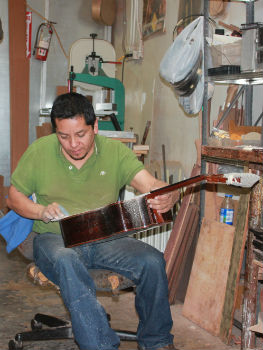
Arturo, one of Mr. Vázquez’s assistants
“A few decades ago, many of us came from families with 7, 8 or even more members. The majority made guitars because it was the easiest way to make a living” said Mr. Vázquez.
Although younger people in Paracho are now less inclined to follow the field, Germán does not believe that this is a dying art. He says that the craftsmanship has evolved tremendously, and that luthiers in his hometown are presently creating world-class guitars.
In search of a new life in Los Angeles
In the mid ‘70s, Germán arrived in the United States as a 22 year-old young man in search of new opportunities. He quickly met people who worked at his discipline, and had the opportunity to practice his skills for different luthiers that lived in the area.
After many years of gaining experience, in the early ‘90s Germán realized that he didn´t have to work for other people anymore and decided it was time to create his own business.
“As nobody knew me, it wasn´t easy at first. But after a couple of years, things got better and professional guitar players started buying my instruments.”
Although Germán started off working by himself, he currently has two others helping him craft the guitars; his godson Arturo Hernández, and his nephew, Juan Vázquez Álvarez. Both are originally from Paracho.

Mr. Vázquez’s shop in West Adams Boulevard
Having his family around is important for Mr. Vázquez. There have been times when he has thought of moving back to Mexico, but he knows this will probably not happen. Although he still has a house in Paracho, his wife, his three children and his grandchildren live in Los Angeles.
The price of Mr. Vázquez´s guitars range from between $2500 and $9500 depending on the quality of the wood and the time it takes him to build the instrument. His most expensive guitars may take more than two months to be completed.
Although he started building guitars almost fifty years ago, Germán says he is never bored. “Every guitar is different. Although the wood is the same, the textures are never identical. As a result, two guitars will never be exactly the same.”
Watch a short video on German Vazquez Rubio by Michael Cox













